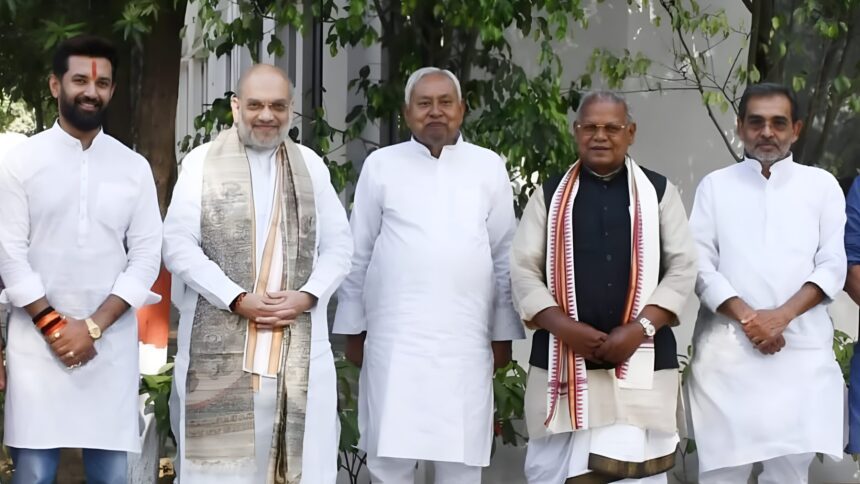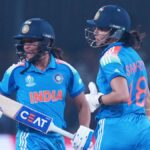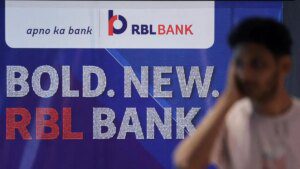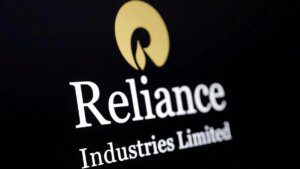The National Democratic Alliance (NDA) in Bihar has allocated an overwhelming number of assembly election tickets to upper-caste Hindu candidates, despite this demographic comprising only approximately 15% of the state’s population.
According to recent data, roughly one-third of the NDA’s candidates are from upper-caste Hindu backgrounds. The Bharatiya Janata Party (BJP), which is the largest component of the alliance, has nominated 49% of its candidates from upper castes. This includes 21 Rajputs, 16 Bhumihars, 11 Brahmins, and one Kayastha. By comparison, candidates from Other Backward Classes (OBCs) represent 30% of the BJP’s selections, while Scheduled Castes (SCs) make up 12%.
The Janata Dal (United) (JDU), led by Nitish Kumar, has offered relatively greater representation to backward groups, but upper-caste representation remains notable. Among its 101 candidates, the JDU has fielded 37 OBCs (36% of its candidates), 22 from Economically Backward Classes (EBCs), 22 from upper castes, 15 Scheduled Castes, one Scheduled Tribe (ST), and four Muslim candidates.
The Lok Janshakti Party (Ram Vilas) (LJP-R), another member of the NDA, has nominated 60% of its candidates from upper-caste Hindu backgrounds and allocated 40% to SCs and STs. Insiders report that the majority of these candidates come from the Rajput and Yadav communities, with five each, followed by four candidates from Paswan and four from Bhumihar communities. Other communities represented include Brahmins, Tell, Pasi, Sudhi, Rauniyar, Kanu, Rajwar, Dhohi, Kushwaha, Ravidas, and Muslims, each securing one ticket.
In the Hindustani Awam Morcha (Secular) (HAM-S), led by Jitan Ram Manjhi, four nominees are relatives of Manjhi himself, alongside two Bhumihar candidates among their six seats. Meanwhile, Upendra Kushwaha’s Rashtriya Lok Morcha (RLM) has nominated one Bhumihar, one Rajput, three Kushwahas, and one Vaishya.
Overall, the NDA’s candidate distribution shows that over 35% are from forward castes, more than 32% are OBCs, about 15% are from EBCs, with the remaining candidates from SCs and STs. This distribution starkly contrasts with Bihar’s actual caste composition: 15% upper-caste Hindus, 36% EBCs, 27% OBCs, and 19% Scheduled Castes. Despite their relatively small proportion of the population, upper-caste Hindus maintain a disproportionately large share of electoral representation within the NDA.
The report highlighting these findings was originally published by Maktoob Media.
Tags: Every third NDA candidate in Bihar is an upper-caste Hindu, data shows Extract 5 SEO-friendly keywords as tags. Output only keywords, comma separated.
Hashtags: #NDA #candidate #Bihar #uppercaste #Hindu #data #shows









